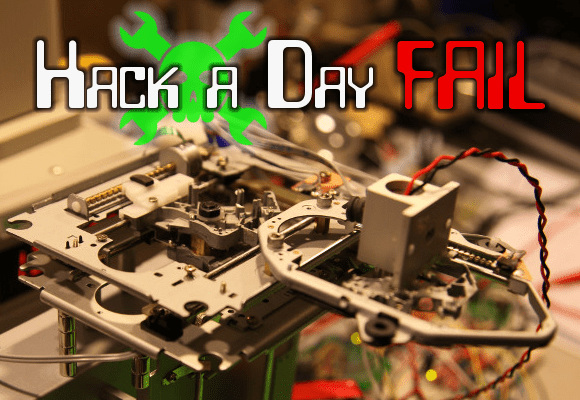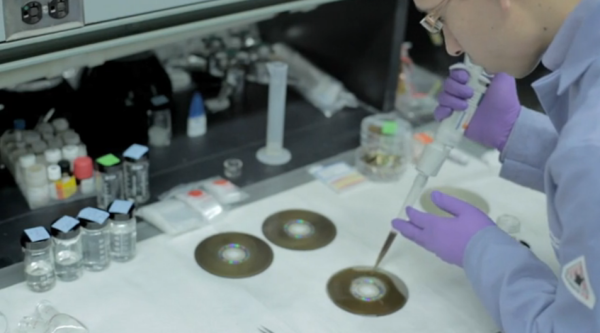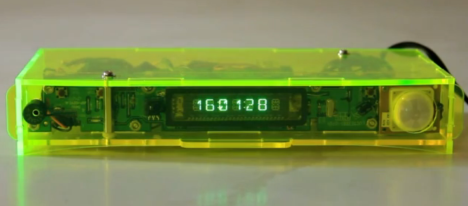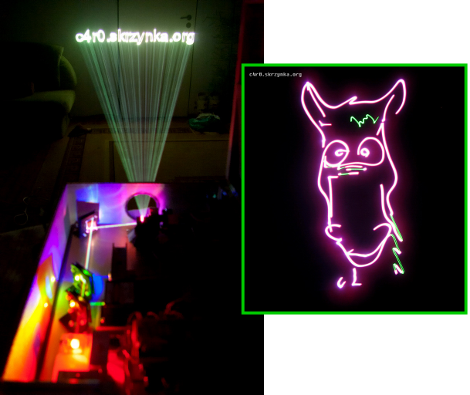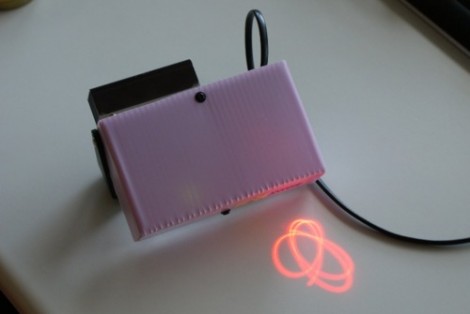
Lasers normally emit only one color, or frequency of light. This is true for laser pointers or the laser diodes in a DVD player. [Kevin] caught wind of state-of-the-art research into making variable wavelength lasers using shaken grains of metal and decided to build his own.
When [Kevin] read a NewScientist blog post on building variable frequency lasers built with shaken metallic grains, he knew he had to build on. He dug up the arxiv article and realized the experimental setup was fairly simple and easily achievable with a bit of home engineering.
[Kevin]’s device works by taking thousands of small ball bearings and putting them in a small vial with Rodamine B laser dye. To vibrate the particles in the dye, [Kevin] mounted his container of dye and bearings on an audio speaker and used a frequency generator to shake the ball bearings.
When a small 30mW green laser shines through the vial of ball bearings and dye, the laser changes color to a very bright yellow. By vibrating the vial at 35 to 45 Hz, [Kevin] can change the frequency, or color of the laser.
[Kevin] can only alter the frequency of the laser by about 30 nm, or about the same color change as a reddish-orange and an orangish-yellow. Still, it’s pretty amazing that [Kevin] was able to do state-of-the-art physics research at home.
Sadly, we couldn’t find any videos of [Kevin]’s variable frequency laser. If you can find one send it in to the tip line and we’ll update this post.

